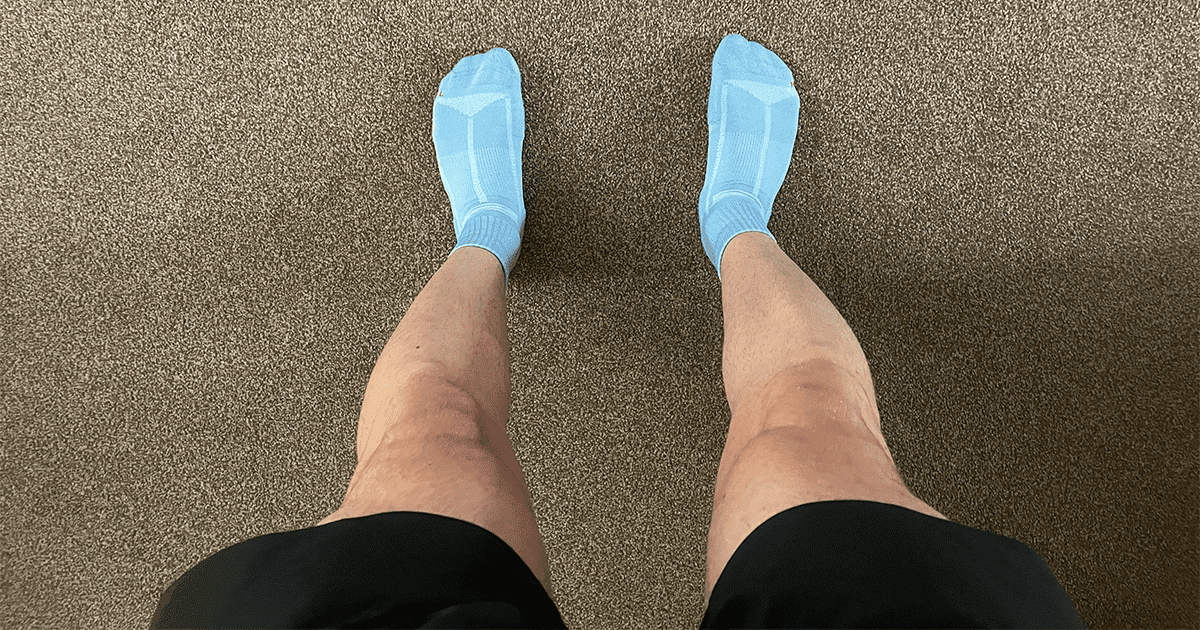What to do when life gets in the way of training
Sometimes life intervenes and gets in the way of training, here’s what to do when it does.

At some point or another, often multiple times, our life intervenes, our training becomes derailed, and we’re left sitting on the sofa for months wondering where our fitness went, certainly with no talk of ‘hitting a personal best.’
It is inevitable and happens to the best of us. Sometimes, there’s nothing we can do. Whether school, work, family, or whatever it may, be kicks in and interrupts our training, believe it or not, there are a few things that we can do.
While we certainly cannot improve our fitness, especially if we’re barely training, we can actually maintain our fitness best as possible through a variety of means. This article will discuss what exactly to do when life takes over, and you’re left with little to no time on your hands.
1. Anything is better than nothing…
Firstly, remember that anything is better than nothing. If you can find the time to train once or twice a week, this will work wonders towards maintaining your fitness. Even if before you trained five or more times per week, two high-intensity sessions are plenty to keep your fitness.
If running isn’t an option, you can use whatever time you may have to perform some basic strength and or cross-training. Giving time constraints, these will most likely be done at home. However, if you can get away and to the gym for 45-minutes to an hour, then you’ll be able to put in more work with a lot fewer distractions.
Related: Circuit training: 5 moves for faster, injury-free running.
Related: Why and how strength training is essential for faster, injury-free running.
2. Don’t feel guilty for missing a session or two
In the grand scheme of things, missing one or two sessions won’t have that big of an impact on your training. Think of it this way, perhaps you have a newborn to the family and no longer have time to train seven days per week, that’s okay! Spend the time with the newborn, spend the time with your family, and ultimately embrace each and every moment you have – you don’t want to regret it later as you spent too much time pounding the pavement when they were young.
It’s okay to take time off, especially for major life events. After all, we’re only human!
3. Mix up your schedule

While life may have gotten in the way, you might get away with altering your schedule slightly to allow time to train. For example, if you’re now preoccupied the evening and usually run at this time, you could instead try waking up earlier and going for a run then instead.
Whilst it may not be ideal (especially if you’re not a morning person), this will allow you to keep up with your regular training schedule without fear of losing any fitness. Besides, you never know, you might just enjoy running in the morning!
Related: No time? 6 tips to help you find the time to run or train.
4. If you do the right things, chances are you won’t lose any fitness!
It takes an average of between ten days and two weeks until our fitness starts to decline without any physical activity. If you’re only busy for ten days, chances are once you return, you’ll be back into your training and working towards your goals in no time whatsoever – it’ll be like you never left.
However, if you’re out for longer than ten days or two weeks, then you should really look to include some form of physical activity into your routine, even if this is only once or twice a week.
Squeezing in a quick 15-minute run, strength session, or spin class is much better than hibernating on the sofa, eating Doritos, and browsing Netflix’s top 10 section.
5. Ease back into your training…

So, your routine is beginning to return back to normal, and you’re almost ready to return back to training with the same intensity as before. However, it’s important to ease back into your training, especially if you were hitting reasonably high mileage weeks or heavy interval and or tempo sessions.
Related: What are the 8 different types of running workouts?
Jumping into these sessions, intensity, and mileage too soon will increase our risk of injury. Therefore, instead we recommend zoning it back a little, including a few easy runs first, and gradually building up to those high miles, increased intensity, and heavy training sessions.
How long you spend at a lower intensity is ultimately determined by how long you have been out of the sport. For example, a runner who has been out for a total of three weeks will only really need a week of easy running to get back into training whereas a runner who’s been unable to run for a year, will perhaps require a minimum of four weeks to ease back into their training.
6. Try to enjoy the break
While often we’re forced to take time off, whether this is due to injury or other commitments, we should try our best to enjoy our time off from training. Chances are, if you’ve been running year-round, a break will actually serve you well, allowing your body time to repair and your mind time to relax.
To summarise
There are many reasons why we stop training from time to time. Whether this is due to family commitments, work, school, or whatever it may be, it often cannot be avoided. Instead, we recommend doing your best to get in some form of physical activity, not to feel guilty for taking time off from training and trying your best to enjoy your break and spend time with loved ones.

Matthew is a lifelong runner, chief tester of all products, the founder of Running101, and freelance content writer for active brands. When he’s not writing, he enjoys lifting weights, cycling in the Lake District, and watching fast cars drive in circles on a Sunday. He also has a BA in sport, exercise and physical activity from the University of Durham.




